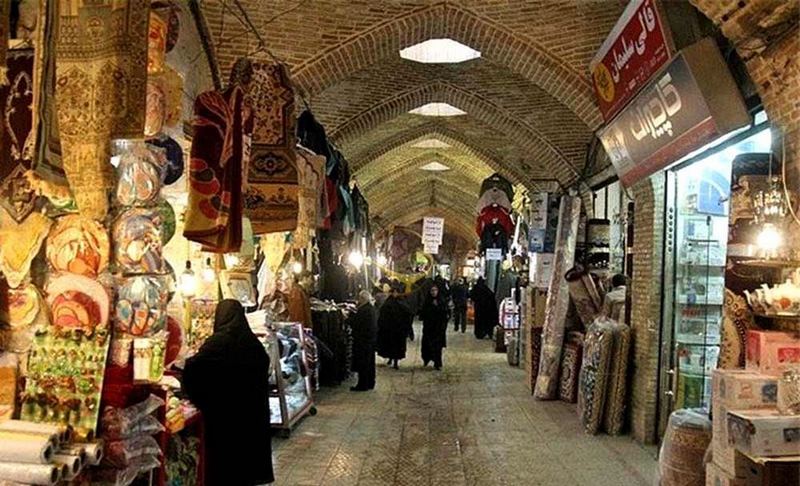KERMANSHAH TRAVEL GUIDE
Things to Do in Kermanshah – Activities & Attractions
—————————Ο————————

Things to Do in Kermanshah – Activities & Attractions
—————————Ο————————
Kermanshah is the most populous and largest Kurdish city of Iran and it is the political- administrative center in the west of the country. Most people of the city speak different dialects of Kurdish language. Since Kermanshah is located in Zagros mountainous region and it had many caves and shelters, it was considered by the people of Stone age. So Kermanshah is a very rich and important city of Iran and western part of Asia in terms of having the remains of places of resistance related to prehistory time. Some of those remains are related to 200 years ago and the first village of Middle East was established in this city during Neolithic era. The city has a moderate and mountainous climate. In Summer it becomes very warm especially in July and August, and in Winter it becomes very cool especially in December and January.
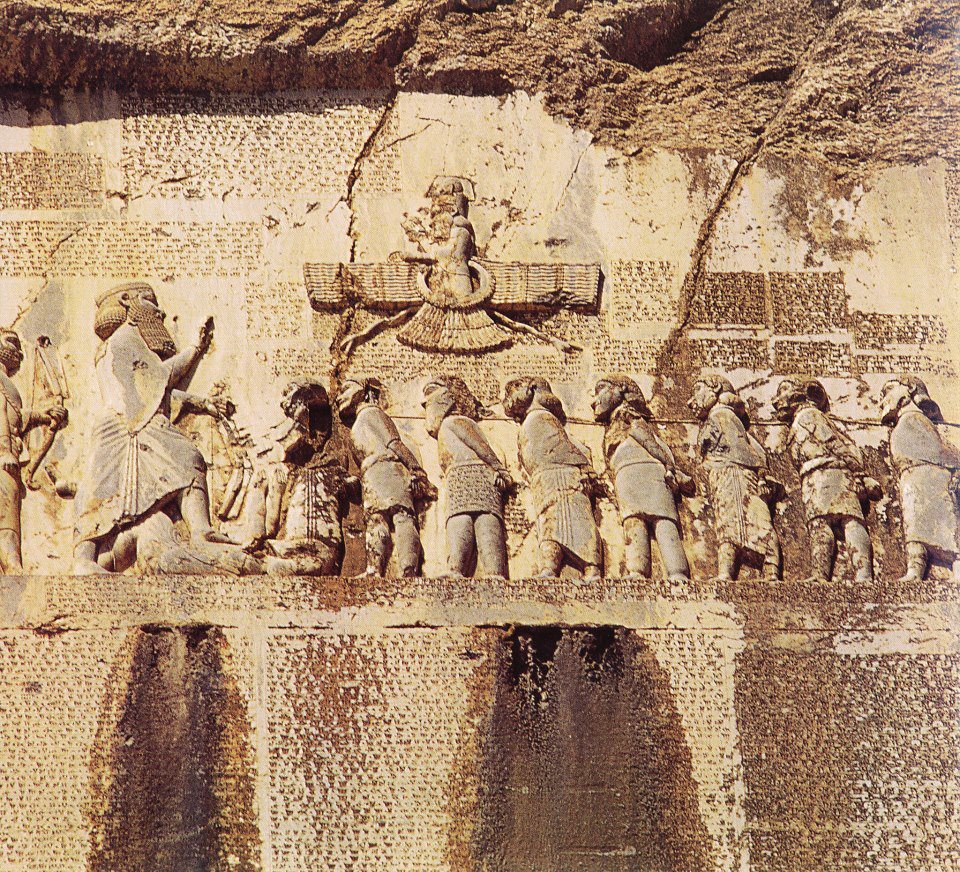 Bisotun’s bas-relief cliff carvings are a UNESCO World Heritage Site. The carvings were created around 521 BC and their highlight is the bas-relief of Darius I. Darius I is shown in confrontation with the nine rebel kings he suppressed before becoming ruler of the Achaemenid Empire. He appears holding a bow (a symbol of sovereignty) and an angel figure, likely blessing his reign, hovers overhead. Also remarkable about the relief are the trilingual inscriptions that tell the story of the scene in three lost languages: Elamite, Akkadian and Old Persian.
Bisotun’s bas-relief cliff carvings are a UNESCO World Heritage Site. The carvings were created around 521 BC and their highlight is the bas-relief of Darius I. Darius I is shown in confrontation with the nine rebel kings he suppressed before becoming ruler of the Achaemenid Empire. He appears holding a bow (a symbol of sovereignty) and an angel figure, likely blessing his reign, hovers overhead. Also remarkable about the relief are the trilingual inscriptions that tell the story of the scene in three lost languages: Elamite, Akkadian and Old Persian.
NOTE: The most interesting relief at Bisotun can only be seen from a distance at the present time.
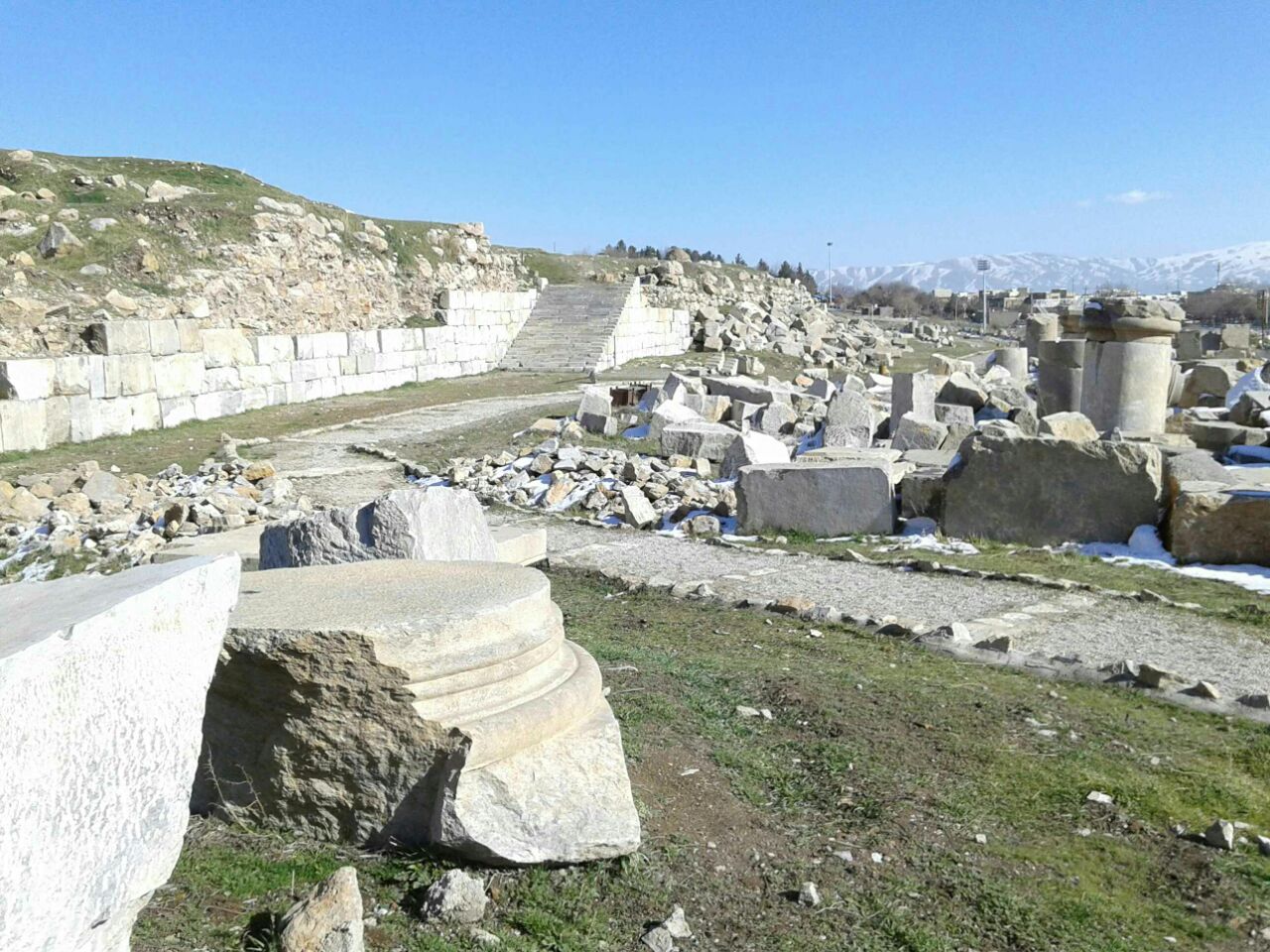 The Temple of Anahita, located in the town of Kangavar, is a shrine to Anahita, the goddess of waters and fertility. Appropriately, the stairway of the temple leads underground to a large, tranquil pool which was the site of prayer for her worshippers. Anahita was worshipped in ancient Persia alongside Ahura-Mazda, the supreme creator goddess in Zoroastrian religious practice. The temple still contains remnants of some fascinating Irano-Roman mosaics.
The Temple of Anahita, located in the town of Kangavar, is a shrine to Anahita, the goddess of waters and fertility. Appropriately, the stairway of the temple leads underground to a large, tranquil pool which was the site of prayer for her worshippers. Anahita was worshipped in ancient Persia alongside Ahura-Mazda, the supreme creator goddess in Zoroastrian religious practice. The temple still contains remnants of some fascinating Irano-Roman mosaics.
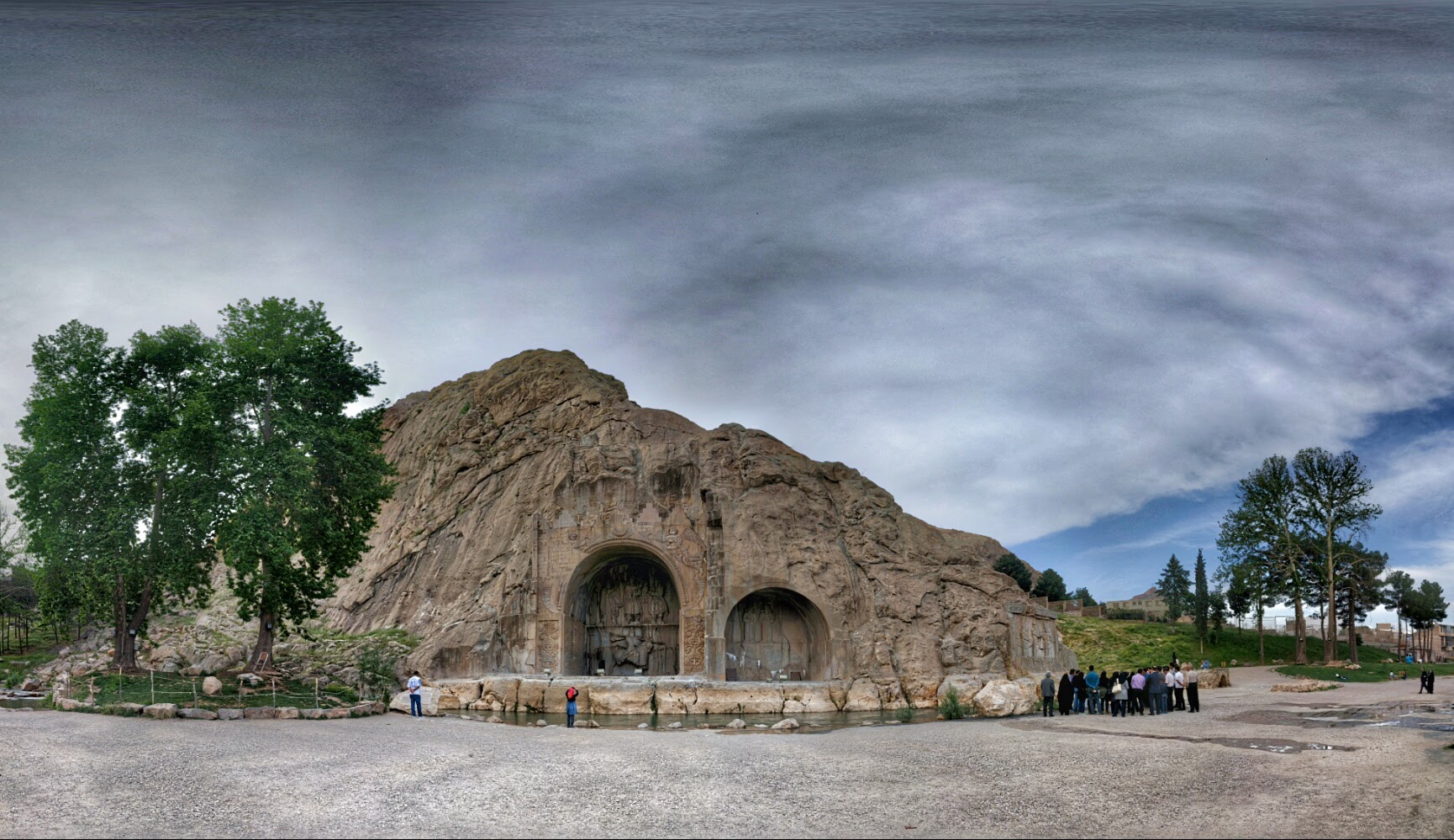 The Sassanian rock-carvings at Tagh-e-Bostan depict a series of royal hunting scenes and investitures of Sassanian Kings. Some of these rock carvings are sheltered in a grotto. Khosrow II, king from 591-628 AD, has the most dramatic portrait – a gigantic equestrian statue, with the ruler mounted on his favourite charger, Shabdiz.
The Sassanian rock-carvings at Tagh-e-Bostan depict a series of royal hunting scenes and investitures of Sassanian Kings. Some of these rock carvings are sheltered in a grotto. Khosrow II, king from 591-628 AD, has the most dramatic portrait – a gigantic equestrian statue, with the ruler mounted on his favourite charger, Shabdiz.
 Moaven al-Molk Tekyeh is one of the elegant and magnificent monuments that has remained from Qajar period in Kermanshah.
Moaven al-Molk Tekyeh is one of the elegant and magnificent monuments that has remained from Qajar period in Kermanshah.
The tekyeh came into operation in 1282 solar Hijri year and it was used for holding religious ceremonies and solving ethnic and tribal controversies. This building is divided into three sections of Husseiniyeh, Zeinabiyeh and Abbasiyeh.
The building’s significant and premium point is its tiling. According to experts of cultural heritage in Kermanshah, the embossed and semi-embossed tilings with very beautiful designs and a hundred percent natural colors used in the building are exquisite in the world.
The pictures carved on the tiles include scenes from wars of Mohammad against infidels, Ali’s battles, Karbala events and pictures of ancient Iranian kings such as archemeneid kings and Persepolis are unique in their kind. The architecture of the building was turned over to first to Hossein, the painter from Tehran and Seyyed Abolghasem Mani by Hassan Khan Moaven al-Molk and later on Hossein, the glazed tile maker from Tehran was also invited to Kermanshah to reconstruct the monument.
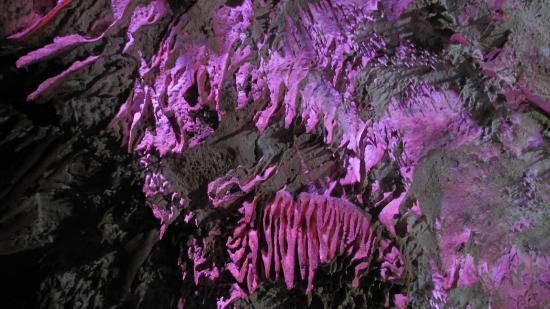
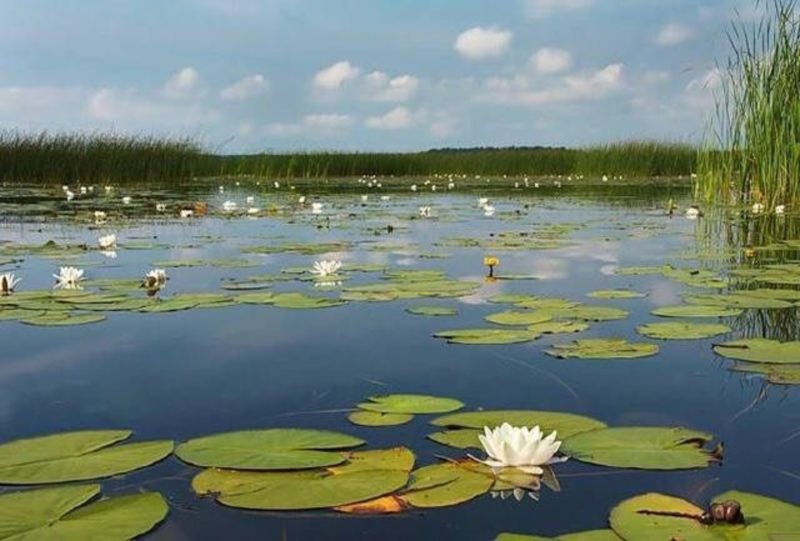
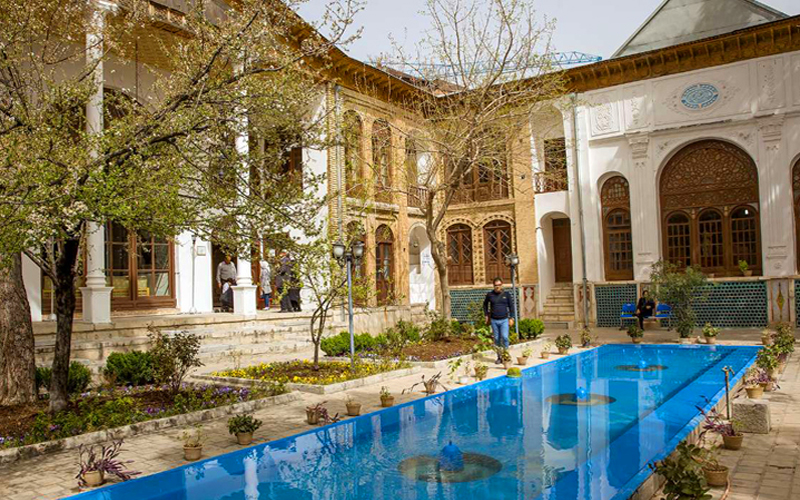
It hosts two important museums: one for calligraphy and another for Paleolithic era artifacts.
In the calligraphy museum, ancient documents of Biglar Beigi family are put on a show.
The Paleolithic museum, named Zagros, the only one of such kind in the Middle East, puts on display items from ancient times, including rich collections of stone tools and animal fossil bones.
